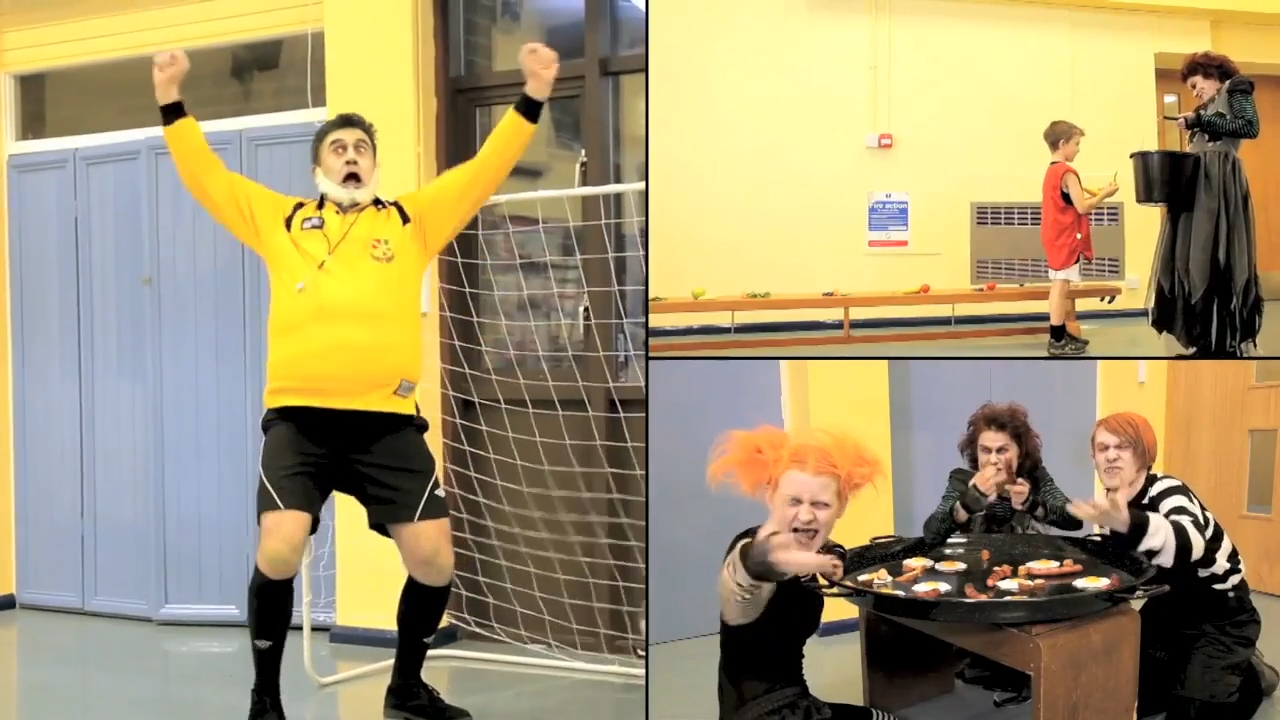IB Psych SL Paper 2 Review
1/19
Earn XP
Description and Tags
Turning in my EE intro late for ts 💔🥀
Name | Mastery | Learn | Test | Matching | Spaced |
|---|
No study sessions yet.
20 Terms
Rosenbaum et al: Aim
To estimate the effects of DARE on students’ attitudes, beliefs, and drug use behaviors in the year following exposure to the program
Rosenbaum et al: Methods
Quasi-experiment
1584 middle school students participated in longitudal study of effectiveness of DARE program
Students randomly assigned to either receive DARE curriculum or serve as controls
Assessments were conducted immediately after the program, then one year later
Measures included self-reported drug use, attitudes toward drugs, self-esteem, and peer resistance skills
Rosenbaum et al: Results
Found no statistical difference on drug use behaviors between control group and experimental group 1 year after DARE
No significant differences on beliefs and attitudes
Rosenbaum et al: Limitations
Generalizability → middle schoolers in Illinois
Quasi-experiment → less control, sampling bias, no casual relationship
Evaluation by program developers is susceptible to researcher bias
Used self-report methods = social desirability effect
Time period may be too short to capture long-term drug use trends
DARE → use of fear arousal as form of manipulation
Lowe et al: Aim
To investigate the potential role of social cognitive theory in promoting healthy eating in British school children, with the goal of increasing fruit and vegetable consumption

Lowe et al: Methods
Quasi-experiment
Children aged 5-11 at 2 London schools split into two groups: control and Food Dudes Program
Measured fruit consumption at both lunchtime and snack time, and parent recall at home
Food Dudes Program
Watched superhero video episodes aimed at promoting healthy eating by praising fruits and vegetables and antagonizing junk food (“The Junk Punks”)
Teachers read letter from Food Dudes calling students to eat healthy to defeat Junk Punks and offered prizes for doing so
Consumption levels measured during and 4 months after program
Lowe et al: Results
Significant increase in fruit and veggie consumption both at school and at home in experimental condition
Greatest increase seen with children who started with low levels of consumption
4 months later → still eating 12x fruit and 4x veggies
No change in rates of control group (L)
Lowe et al: Limitations
Generalizability → British school children aged 5-11
Quasi-experiment → less control, sampling bias, no casual relationship
Potential influence of rewards on extrinsic motivations (students eating healthy only for rewards; like come on, who wouldn’t want that Food Dudes water bottle (I know I do))
Health Belief Model
Predicts that individuals will take health-related action if they think that negative health problem\can be avoided by taking recommended action and that they will be successful in doing so
Self-efficacy
Belief that one can actually accomplish the specific goal
Drug Abuse Resistance Education (DARE)
Students who enter the program agree to not use drugs or join gangs and are informed by local police officers
Critical thinking: Ethical considerations in health promotion
The importance of the individual vs the group (e.g. anti-drug use); stigma
The use of fear arousal as a form of manipulation (especially among kids)
making sure that campaigns are not available only to those with digital literacy or a certain income
Critical thinking: Discuss health promotion
Many variables are difficult to measure: level of fear; perceived seriousness, level of self-efficacy
Assumes that behavioral change is a conscious choice
Many studies are cross-sectional and do not indicate the long-term effects of health promotion programs
Impossible to control for extraneous variables
The success of the application of theories
Sampling bias n many of the studies.
Critical thinking: Discuss the effectiveness of one or more health programs
Not possible to isolate variables when studying large population being exposed to public media
Therefore, casual relationship cannot be established, only correlational
Levels of exposure to media can only be measured through self-reported data
Even if public health campaign is judged to be effective, often findings are not transferable to other populations
Simply measuring health outcomes through hospital or work-related data is not enough to determine that campaign itself made a difference.
Even if campaign fails, it is difficult to know whether it failed because of actual campaign or way it was delivered
Much of data obtained = self-reported = potential demand characteristics influencing the final outcome
Strong evaluation requires triangulation = expensive + time consuming
Program success = difficult to operationalize
Steen et al: Aim
To determine if SSS is linked with perceived stress in Danish teenagers
Steen et al: Methods
Measured SSS in 8000+ Danish 9th graders (15-16)
Perceived stress scale (PSS) used to assess stress levels
Steen et al: Results
Girls had higher perceived stress than boys
Low SSS associated with higher PSS scores than medium-high SSS
Rahal et al: Aim
To determine if SSS influences the stress response during acutely stressful situations
Rahal et al: Methods
High schoolers from LA completed SSS questionnaires
Trier Social Stress Test (TSST) conducted
5 min to prepare for presentation in front of judges
5 min to present to judges
5 min to perform mildly difficult arithmetic
HR and salivary cortisol levels checked before, during, and after TSST
Emotional responses to TSST measured via questionnaire
Rahal et al: Results
Negative correlation between SSS and TSST (higher social status = less stress)
Lower SSS = greater fear reactivity as measured by HR ans cortisol levels